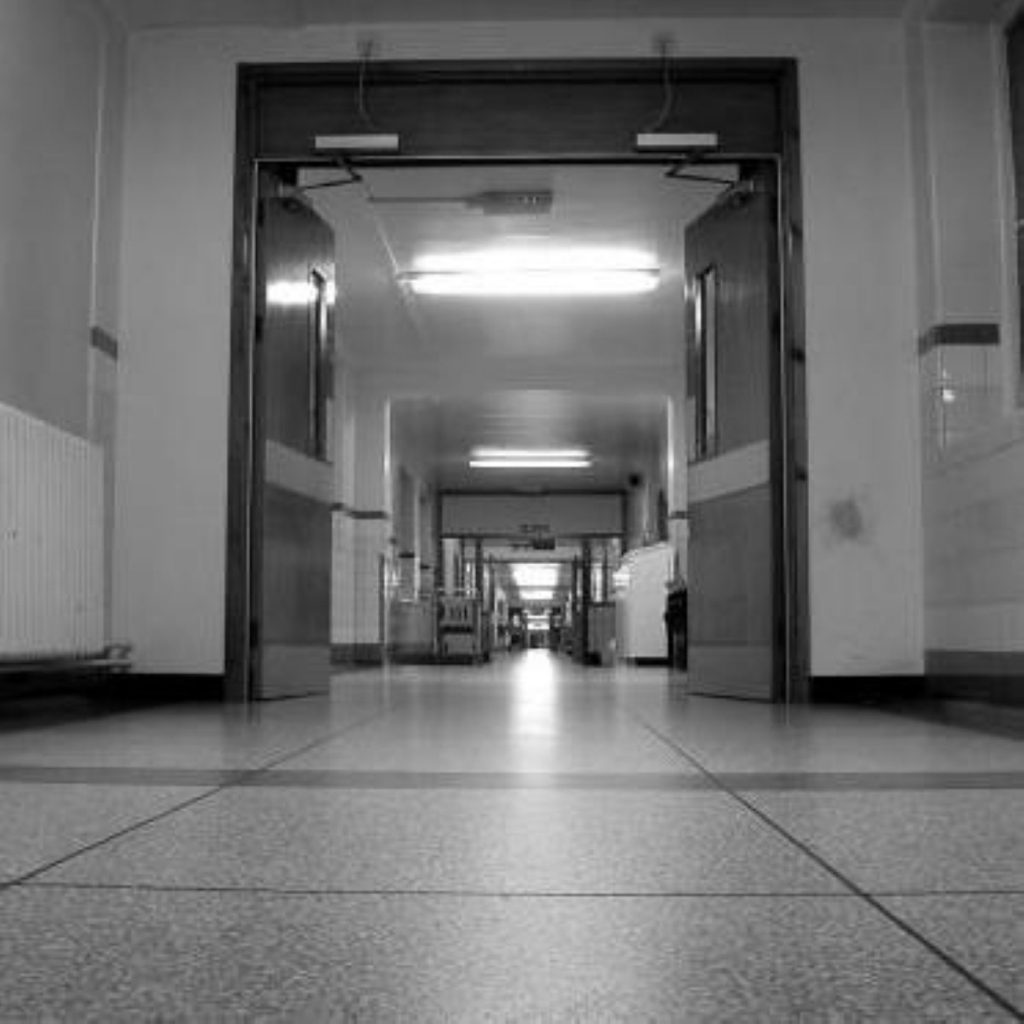MRSA death rate doubles
Deaths resulting from the MRSA superbug have doubled over the past four years, new figures have revealed.
Statistics released today by the Office for National Statistics (ONS) have shown a rise in deaths from 487 in 1999 to 955 in 2003 where MRSA was mentioned on the death certificate.
Though the Conservatives have seized on the figures, the Government is sure to argue that the increase is partly down to better reporting of the bug.
The Government has pledged to make tackling MRSA a priority and Health Secretary John Reid has launched a series of campaigns to encourage better cleanliness.


The figures are the first in a series of annual reports in England and Wales relating to the superbug. They show that older people are more prone to dying from the hospital borne infection, with men also succumbing to the bug more than women.
NHS nursing homes fared worst for MRSA related fatalities, with three in 1,000 deaths compared to a national average of one in 1,000 between 1999 and 2003. Two in 1,000 deaths in NHS general hospitals were MRSA related.
MRSA has been at the centre of a public health agenda, with hospital cleanliness being targeted to curb the infection rate of the disease. The disease is transmitted through both physical contact and contact with surfaces harbouring the bacteria and infects the open wounds of patients.
The superbug is resistant to most known anti-bacterial agents, resulting in extended hospital stays and in worst cases, death, for infected patients.
Conservative leader Michael Howard said that the Government’s focus on targets had helped MRSA thrive.
Mr Howard said: “Mr Blair’s obsession with targets has created a culture in which the super bug thrives.
“It is a fact that doctors and nurses are prevented from closing wards they know to be infected with the super bug because of Mr Blair’s targets.”
He said that the Conservatives would scrap centrally imposed targets, give matrons not managers the power to close infected wards and require hospitals to publish their infection levels.

